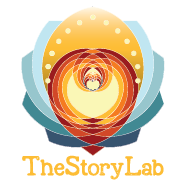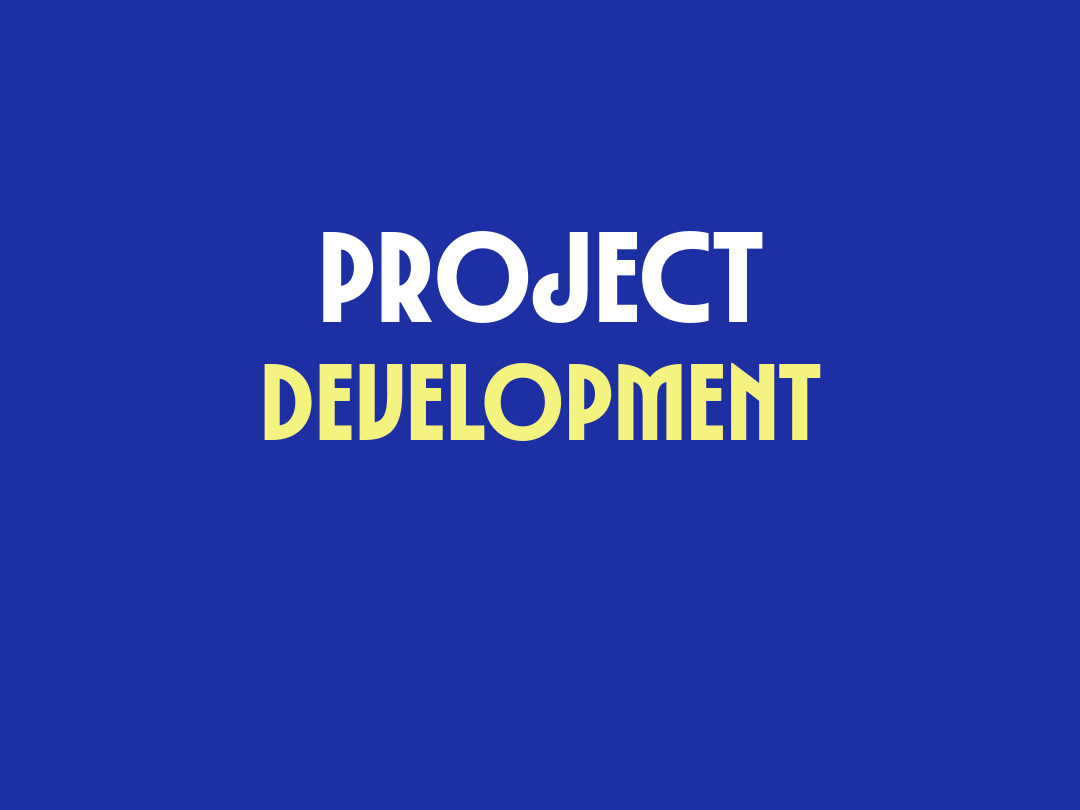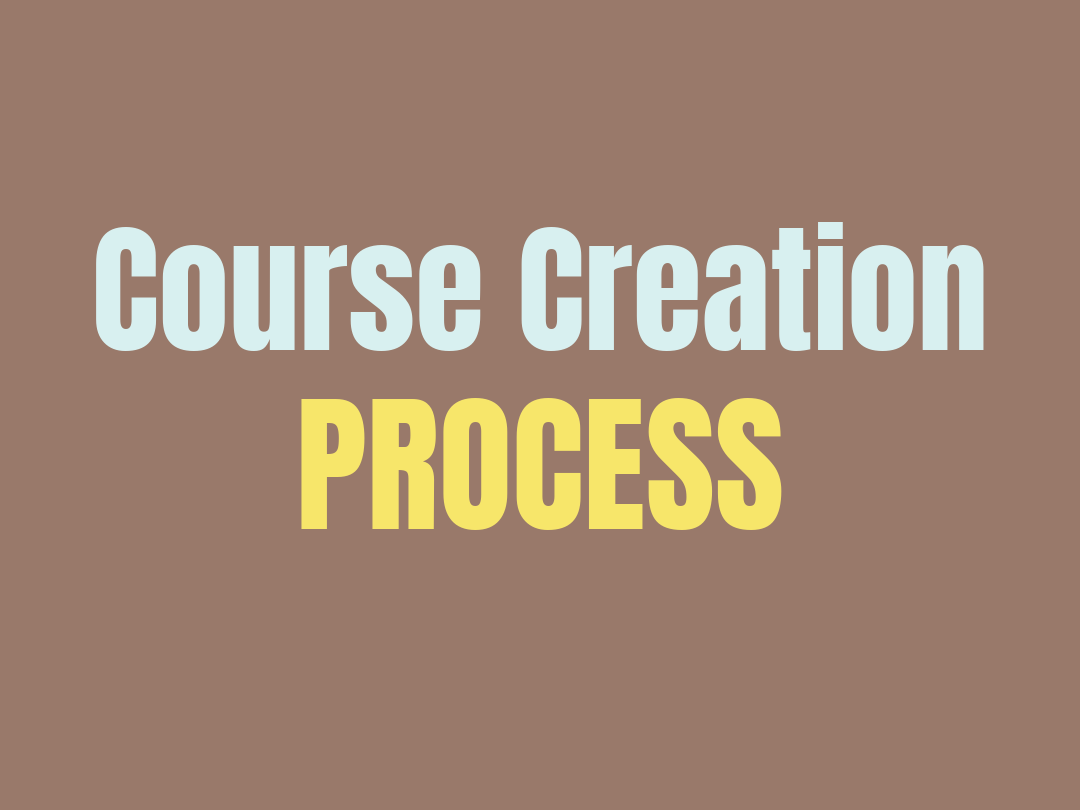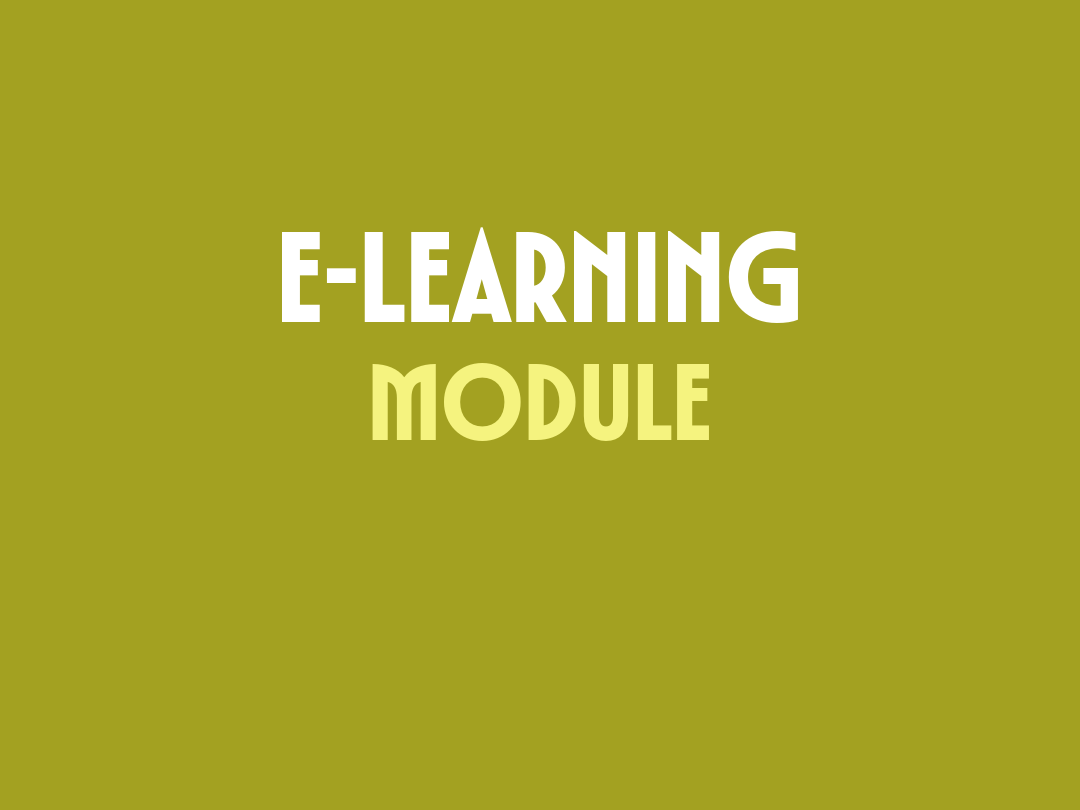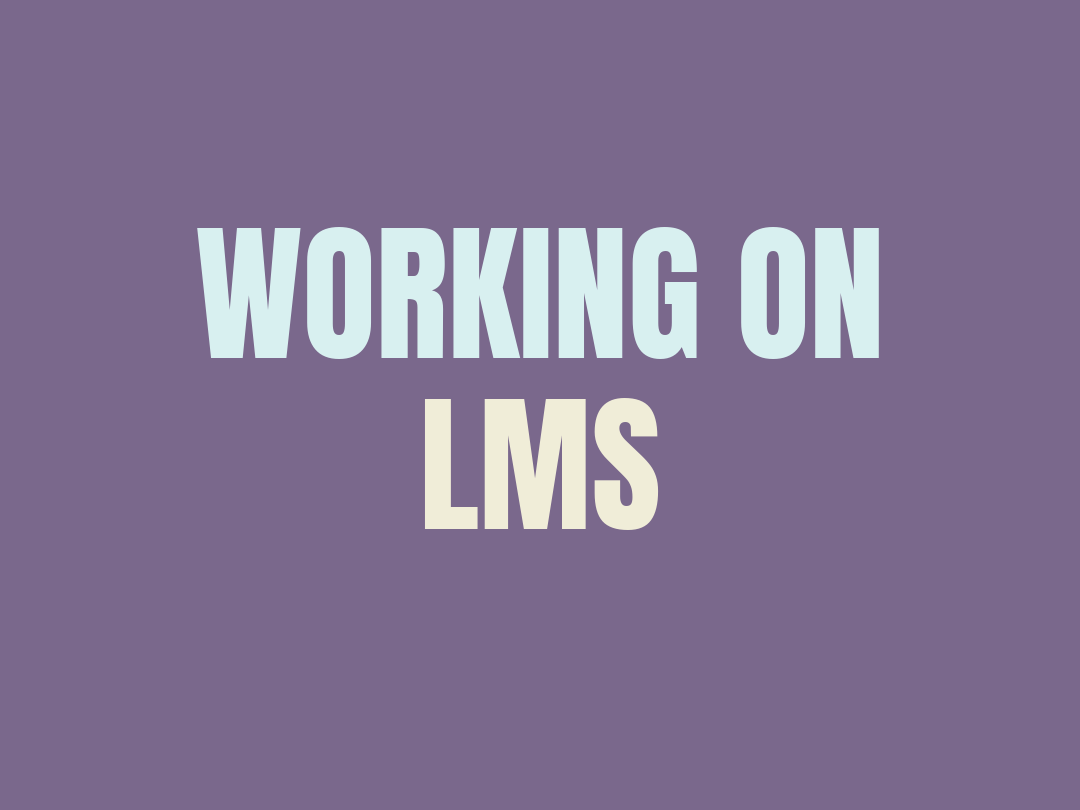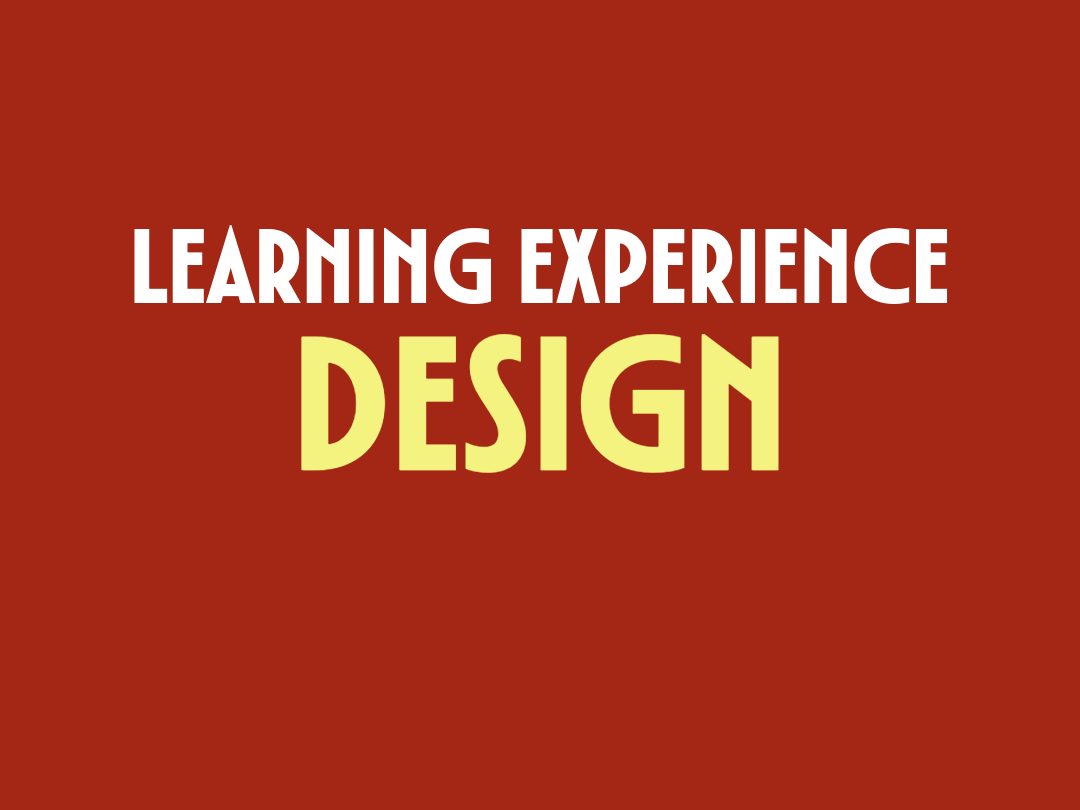The two sample projects below illustrate the wide range of possibilities for applying gamification in education. One uses immersive storytelling to engage learners in a complex experience; the other is a straightforward exercise focused on identifying correct answers. While their formats differ, both underscore a key principle: effective gamification starts with a clear understanding of the intended learning outcome.
THE EFFECTIVENESS
The effectiveness of gamification in education has been a subject of investigation across various studies, revealing both positive impacts and limitations. One study highlights that gamification can enhance learning outcomes by fostering engagement and enjoyment among students. Specifically, elements such as challenges and enjoyable factors significantly contribute to improved learning effectiveness, although the competitive aspects may not enhance engagement or satisfaction in educational settings . (1)
Another research effort empirically examined the influence of intrinsic and extrinsic motivation on student participation and performance in a gamified learning intervention. The findings indicated that gamified learning interventions generally have a positive impact on student learning, although the degree of participation varies based on the type of motivation driving the students . (2)
A systematic review of educators' perspectives identified key drivers and barriers to the utilization of gamification and game-based learning. Educators noted that gamification encourages student interaction and collaborative learning, enhances engagement, and is perceived as fun. However, barriers such as time constraints, lack of proven benefits, and classroom setting issues hinder its widespread adoption . (3)
Additionally, a study exploring the factors contributing to varied effectiveness in educational gamification found mixed results in empirical studies. It emphasized the importance of understanding the underlying mechanisms that make gamification engaging, such as goal setting, immediate feedback, and the balance of challenge and reward . (4)
Lastly, research into the impact of gamification on student engagement with e-learning systems suggested that while gamification can increase interactivity and engagement, its effectiveness may vary over time and context . (5)
While gamification has the potential to enhance educational experiences, its effectiveness is influenced by various factors, including motivation types, educator perceptions, and contextual challenges.
Luc and Greta journey to restore water health through clues and puzzles.
A story-driven game blending science and myth.
THE DARK SIDE
However, some critics caution that gamification can have negative effects. Specifically, it may foster a competitive environment where individuals compare themselves to others, potentially reinforcing harmful mindsets that lead to stress, stereotypes, and bias. To avoid these pitfalls, organizations should design gamified systems that promote autonomy and a sense of competence. Equally important is cultivating a sense of community, which helps meet individuals’ fundamental psychological needs. (6)
Computer games offer exciting and active ways for students to learn, both informally and within the boundaries of formal education. The use of commercial games tends to be limited to stimulating ideas or discussion rather than engaging directly with learning content. The opportunity to create bespoke fit-for-purpose computer games is beyond the technical capabilities and time limitations of most teaching staff and outside of the capability of most learning technology teams. Effective digital games need games design expertise.
THE COST:
Computer games provide dynamic and engaging opportunities for student learning, both in informal settings and within formal education. However, commercial games are often used merely to spark ideas or discussions, rather than to directly teach specific content. Creating custom, purpose-built educational games remains a challenge, as it typically exceeds the technical skills and time availability of most educators and lies outside the capacity of many learning technology teams. Designing effective digital games requires specialized game design expertise, a resource-intensive process that is often cost-prohibitive for most schools. (7)
DIGITAL AND TRADITIONAL GAMES
Traditional games, such as board games and card games, have a long-standing role in education due to their simplicity, accessibility, and effectiveness. Their use dates back as far as early board and war games in ancient China around 3000 BC (Wolfe, 1993). More recent research and practice suggest that these simple formats can quickly create authentic and meaningful learning experiences (Moseley, 2010), offering a practical alternative to complex simulation games without the associated costs or lengthy development timelines. (7)
GAMIFICATION IN TRAINING
These studies demonstrate that gamification can significantly enhance engagement, enjoyment, and effectiveness in various emergency training scenarios, potentially leading to reduced anxiety and improved learning outcomes. However, more research is needed to fully understand the long-term benefits and optimal implementation of gamification in emergency training.
Gamification has been explored as a method to enhance learning and engagement in emergency medicine training, which may indirectly contribute to reducing anxiety among participants. The use of gamified educational tools, such as tabletop role-playing games and escape games, fosters collaboration and communication among team members, which are essential skills in high-pressure environments like emergency medicine. These tools create a dynamic and interactive learning atmosphere that can alleviate the stress associated with traditional training methods. (8)(9)
Moreover, a systematic review on Exergames indicates that engaging in gamified physical activities can lead to improvements in emotional experiences, including reductions in anxiety and increases in positive emotions. This suggests that incorporating gamification into training programs may not only enhance knowledge retention but also contribute to a more positive emotional state among participants . (10)
In conclusion, integrating gamification into emergency training offers a powerful way to improve learning outcomes while reducing participant anxiety. By combining interactive design with emotional engagement, it fosters both skill development and psychological readiness—crucial for high-pressure environments.
To address the common challenge beginner storytellers face in distinguishing between issues, needs, wants, and obstacles, I explored how a new tool, Lovable.dev, could assist in the creation of a simple game.
THOUGHTS
Gamification presents a dual-edged sword in education, offering significant potential to enhance learning while also posing notable challenges. On one hand, studies show it can boost student engagement, enjoyment, and overall learning effectiveness by incorporating elements like challenges and collaboration. In high-stress fields such as emergency training, gamified approaches can also reduce anxiety and improve crucial skills like communication.
However, the effectiveness of gamification is not universal and faces several hurdles. Critics warn that it can foster a negative competitive environment, leading to stress and bias if not designed to support autonomy and community. Furthermore, there are practical barriers to its adoption, including the significant cost, time, and specialized expertise required to develop effective custom digital games, which is often beyond the reach of most educational institutions.
As a result, while digital gamification holds promise, simpler and more accessible traditional formats, such as board and card games, offer a practical alternative for creating meaningful learning experiences without the high development costs. Ultimately, the successful use of gamification depends on careful design that addresses psychological needs and a realistic assessment of the resources required for implementation.
REFERENCES:
(1) Nguyễn Viết Bằng, & Nguyễn Việt Bắc. (2024). Impact of gamification on learning outcome: The intermediate roles of satisfaction and engagement. Tạp chí Khoa học Đại học Mở Thành phố Hồ Chí Minh- Kinh tế và Quản trị kinh doanh (bản điện tử), 19(7), 16–31. https://doi.org/10.46223/HCMCOUJS.econ.vi.19.7.2884.2024
(2) Buckley, P., & Doyle, E. (2016). Gamification and student motivation. Interactive Learning Environments, 24(6), 1162–1175. https://doi.org/10.1080/10494820.2014.964263
(3) Lester, D., Skulmoski, G. J., Fisher, D. P., Mehrotra, V., Lim, I., Lang, A., & Keogh, J. W. L. (2023). Drivers and barriers to the utilisation of gamification and game‐based learning in universities: A systematic review of educators’ perspectives. British Journal of Educational Technology, 54(6), 1748–1770. https://doi.org/10.1111/bjet.13311
(4) Zhanni, L. (2022). Gamification for educational purposes: What are the factors contributing to varied effectiveness? Education and Information Technologies, 27(1), 891-915. doi:https://doi.org/10.1007/s10639-021-10642-9
(5) Bouchrika, I., Harrati, N., Wanick, V., & Wills, G. (2021). Exploring the impact of gamification on student engagement and involvement with e-learning systems. Interactive Learning Environments, 29(8), 1244–1257. https://doi.org/10.1080/10494820.2019.1623267
(6) Molnar, V. (2025, February 17). Does gamification contaminate motivation? https://www.linkedin.com/pulse/does-gamification-contaminate-motivation-viktoria-molnar-qzvnf/
(7) Whitton, N., & Moseley, A. (2012). Using Games to Enhance Learning and Teaching. In Using Games to Enhance Learning and Teaching. Taylor & Francis Group.
(8) Heilmann A, Pelletier J, Murray C, Croft A. Novel Academic Tabletop 2022 (NAT22): A Dynamic Dice-Based Emergency Medicine Education Tool. Cureus. 2023 Nov 27;15(11):e49498. doi: 10.7759/cureus.49498. PMID: 38152781; PMCID: PMC10752340.
(9) Abensur Vuillaume L, Laudren G, Bosio A, Thévenot P, Pelaccia T, Chauvin A. A Didactic Escape Game for Emergency Medicine Aimed at Learning to Work as a Team and Making Diagnoses: Methodology for Game Development. JMIR Serious Games. 2021 Aug 31;9(3):e27291. doi: 10.2196/27291. PMID: 34463628; PMCID: PMC8441606.
(10) Marques LM, Uchida PM, Barbosa SP. The impact of Exergames on emotional experience: a systematic review. Front Public Health. 2023 Sep 7;11:1209520. doi: 10.3389/fpubh.2023.1209520. PMID: 37744509; PMCID: PMC10512833.
